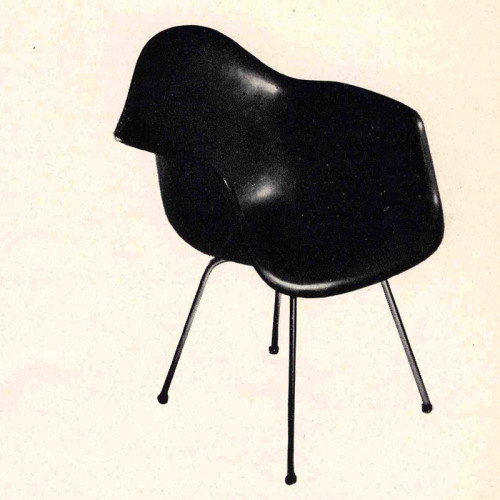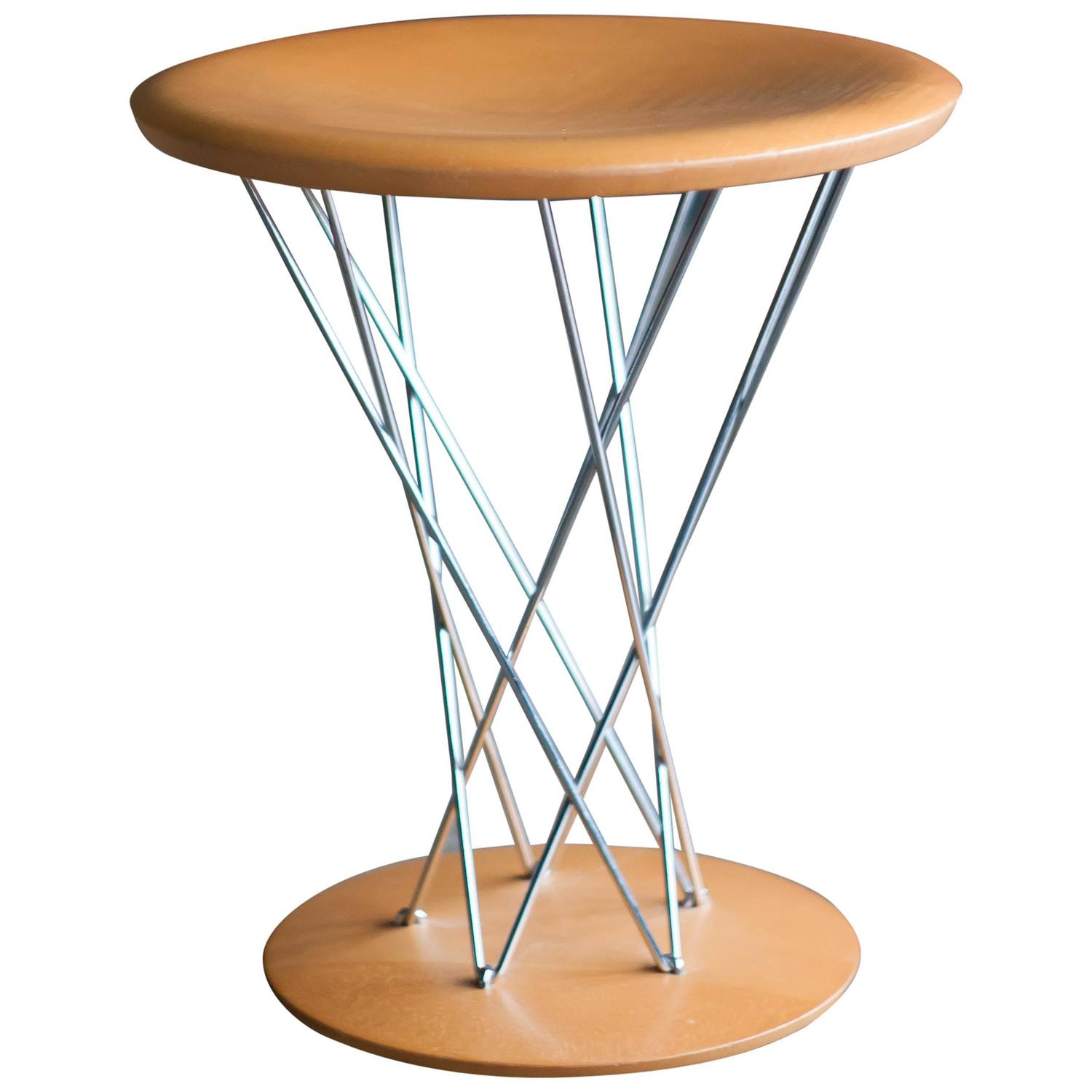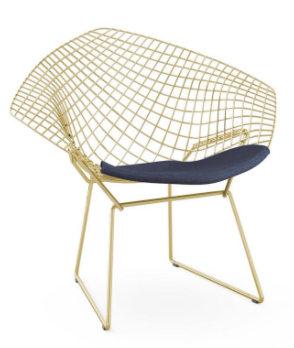Design Patent in a Nutshell
Popular Tags

Tuesday, August 15, 2017 in Member Insights, Business Tips
When working with 20th-century design items, it's important to know how design patents and trademarks work and to use the correct terminology when describing these items.
Designers hold a bundle of rights to their designs, including intellectual property rights and the right to sell. Typically, production licenses are sold to large manufacturers, though the designer will still be able to control who produces the item and at what cost. Designers also hold trademark rights to their designs, which typically are renewable every ten years for an indefinite period of time. Most collectors of original modern design honor the creative process and want to own a quality item in its true form - these items are known as the "antiques of tomorrow."
When researching or reading a description for a 20th-century design item, you may encounter various terms categorizing the item. This article seeks to provide a quick reference guide for the meaning of these terms. When comparing items you also need to ascertain that you are comparing correct "vintage" or design type.
Original Issue
A design item that was manufactured during the initial period of production in the first conceived state.
Later Issue
An original design by the original manufacturer or currently licensed manufacturer, with minor modifications.

Example: The Eames molded chair has undergone some alterations over the years: the removal of rope edge, the curve of the back has become more inclined, upholstery is now glued to plastic shell. Also, since people are generally larger than they were in the 1950s, the Eames Lounge Chair is now available in the “big & tall” version, which is two and a half inches taller overall with an added seat depth of 1.75 inches. It's important to capture these design details to determine whether you are appraising an original issue item or one manufactured after a certain date.
Reissue
An item issued after the original production period, typically for a specific reason or period of time. There are a few different categories of reissues:
- Special edition: A reissue by a specific authorized entity of a design when the original edition is not longer in production or when there has been a slight change to the design or manufacturing process, for example, in the color of materials used. Special editions are usually marked in a way that denotes the reissue, depending on the manufacturer. They are known in the market as a unique entity, and hold value as a reissue or special edition.
Example: The Isamu Noguchi Cyclone Rocking Stool produced by Vitra Design Museum, ca. 2001. In the original conceived form, very few of these items were produced. The design was subsequently altered to make a small table with a circular vs. rocking base point.

- Retired design: A design that was previously retired, but is now being produced and issued again.
- Emerge from retirement: A return to an original trait of an original design, now a reissue, or to be more technically correct, a later issue.
Example: The Eames molded chair stopped production due to hazardous materials (fiberglass straws) and disposal issues in the late 1980s. The chair has recently been reintroduced, due to improved manufacturing and material safety. In between, Modernica as well as others produced unauthorized replicas or knockoffs.
Knock-off
An item that apperas, especially at first glance, to be the original item. Retail cost is often substantially less due to cheaper materials, cutting corners in construction, and design variations. Due to differences in construction from the original, knock-offs typically do not violate design patents.
Reproduction
In the general world of furniture and decorative arts, a reproduction is an exact duplicate executed with the intent to deceive. Sometimes, the term is more loosely defined to fit the user’s purpose. Sometimes used interchangeably with "copy" or "replica."
Replica
The same concept as a reproduction minus the intent to deceive. However, retailers may use the terms "replica" and "reproduction" more loosely or interchangeably. A good replica is made with the same instructions, material, and care as the original. Also known as a "copy."
Style of
Denotes an item that is made or appears to be like the work of a specific maker or designer. It can also apply when the item produced is close to a stylistic period or region. In 20th-century design, some replicas will be denoted as “Style of Marcel Breuer’s Wassily Chair.”
Manner of
An item that appears similar to a specific designer or school of designers, that reminds the viewer of that designer or school.

Tribute
An item that is made or manufactured in honor of a designer or design. For instance, Knoll issued an 18k gold plated Bertoia Diamond Chair (ca. 1952) to honor the designer’s 100th birthday in 2015. The chair was developed in conjunction with the 50th (golden) anniversary of the Platner Collection. Tribute pieces are generally only available for a limited time. See also: Special edition.
- Valerie Hale, ISA CAPP
